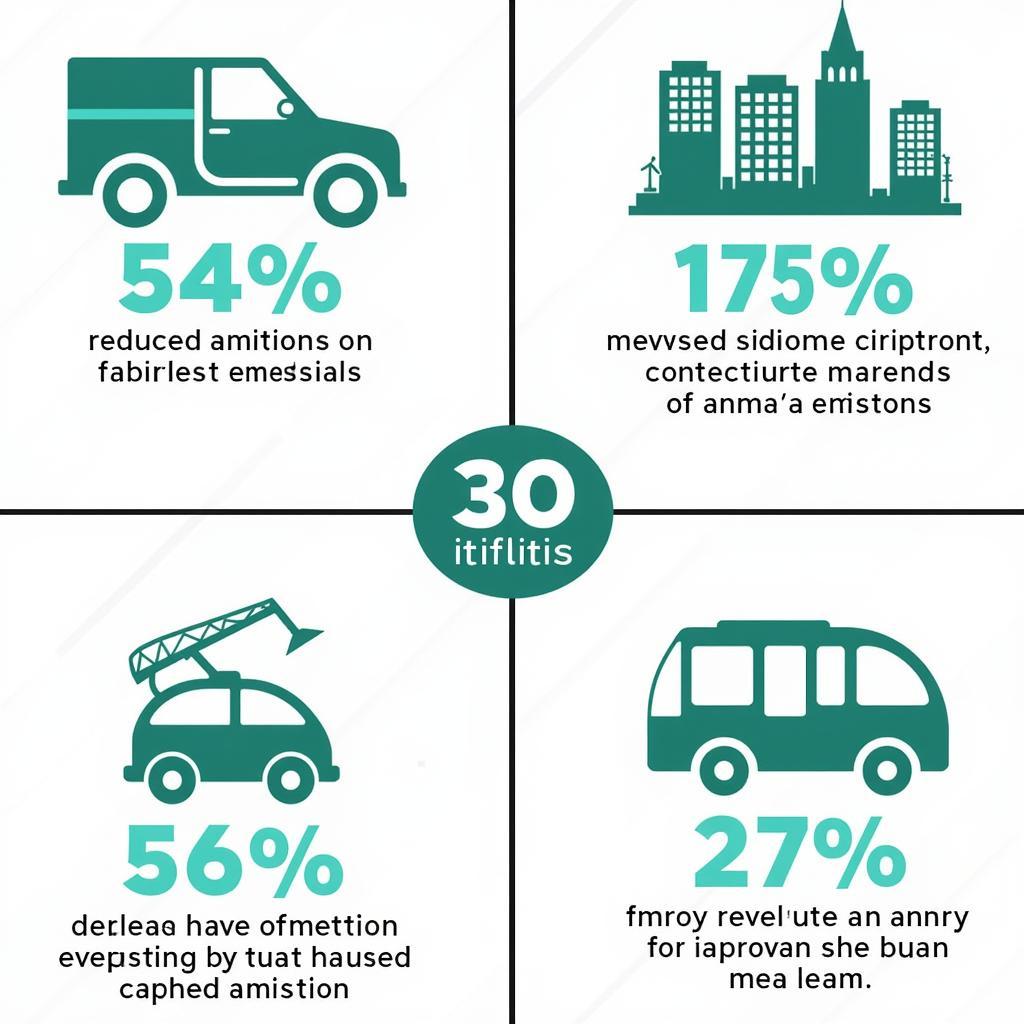Public transportation and urban congestion have been recurring themes in IELTS Writing Task 2, appearing in approximately 15% of tests between 2019-2023. This topic’s relevance continues to grow as cities worldwide grapple with importance of public transportation in cities. Let’s examine a recent IELTS question and analyze sample responses across different band scores.
Task Analysis
Some people believe that governments should invest heavily in public transportation to reduce traffic congestion in cities. To what extent do you agree or disagree with this statement?
This question requires candidates to:
- Express their position on government investment in public transport
- Evaluate the effectiveness of public transport in reducing congestion
- Support arguments with relevant examples
- Provide a clear, well-structured response
Band 8.5 Sample Essay
The notion that substantial government investment in public transportation systems can effectively address the impact of overpopulation on urban infrastructure is one I strongly support. This approach offers multiple benefits that extend beyond merely reducing traffic congestion.
Firstly, well-developed public transportation networks significantly decrease the number of private vehicles on roads. For instance, a single metro train in Tokyo can transport the equivalent of 1,000 cars’ worth of passengers, dramatically reducing road congestion. Similarly, dedicated bus lanes in cities like Curitiba, Brazil, have demonstrated how impact of smart cities on urban planning can transform urban mobility.
Moreover, government investment in public transport creates a ripple effect of positive outcomes. When authorities prioritize public transportation infrastructure, they often implement complementary measures such as should cities introduce car-free zones to reduce traffic congestion. Singapore’s integrated approach combining efficient public transport with congestion pricing has successfully reduced traffic while improving urban mobility.

However, the success of such initiatives depends heavily on systematic planning and consistent implementation. Cities must ensure that public transport is reliable, comfortable, and accessible to encourage widespread adoption. Hong Kong’s MTR system exemplifies this approach, with its punctual service and comprehensive coverage encouraging residents to choose public transport over private vehicles.
In conclusion, substantial government investment in public transportation is indeed crucial for addressing urban congestion. When properly implemented, these systems not only reduce traffic but also contribute to more sustainable and livable cities.
Band 8.5 Analysis
This essay achieves a high band score due to:
- Sophisticated vocabulary and complex structures
- Clear organization and cohesive development
- Relevant examples from multiple countries
- Balanced discussion with clear position
- Natural integration of academic vocabulary
Key Vocabulary
- substantial (adj.) /səbˈstænʃəl/ – considerable in amount
- infrastructure (n.) /ˈɪnfrəstrʌktʃə/ – basic physical systems of a country
- complementary (adj.) /ˌkɒmplɪˈmentəri/ – combining in a way that enhances
- implementation (n.) /ˌɪmplɪmenˈteɪʃən/ – the process of putting a plan into effect
- systematic (adj.) /ˌsɪstəˈmætɪk/ – done according to a fixed plan
Practice Suggestions
Try writing your own essay using these additional prompts:
- Should cities completely ban private vehicles in central areas?
- Can technology alone solve urban transportation problems?
- Should public transportation be free for all citizens?
Share your practice essays in the comments section below for feedback and discussion with fellow IELTS candidates.